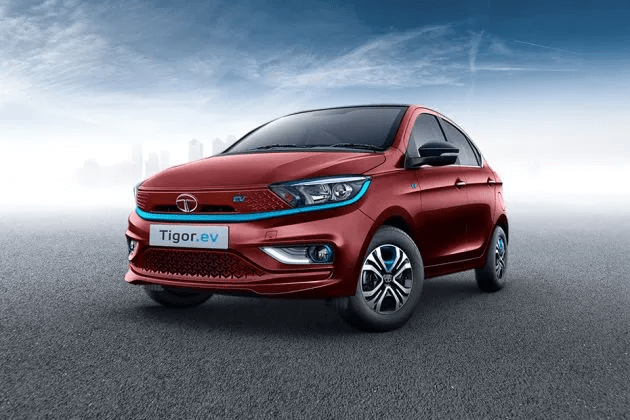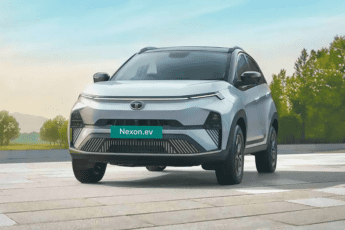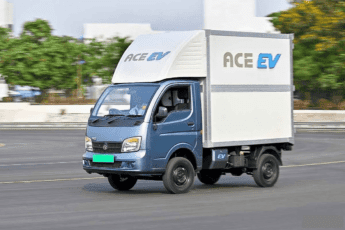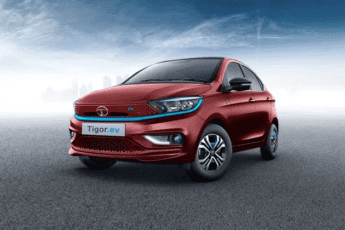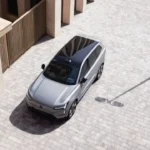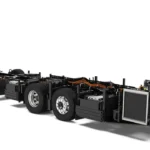Tata Motors, has grown into the frontrunner of India’s nascent EV space and represents the increasing global call for sustainable transport. Through several decades, Tata had banked on its rich history in the automobile industry and engineering prowess while keeping the fire in its belly called innovation. It has brought into the market a range of electric vehicles that address emerging consumer needs while ensuring environmental concerns.
Tata Motors EV Lineup
The Nexon EV has been the star among Tata’s lineup of EVs and has received massive admiration since it launched. This electric SUV combines modern aesthetics with solid performance through its 30.2 kWh battery, which manages an impressive range of around 312 kilometres on a single charge. The Nexon EV returns on advanced safety features, more interior space, and ease of using the infotainment system, making it a viable option for intra-city commuters.
Another attractive model is the Tigor EV, which promises the most practical and economical solution for switching to electric mobility. With more convenience-oriented features, the Tigor EV will be fitted with a 26 kWh battery, allowing it to have an approximate range of 306 kilometres. However, against the remarkable traits of the Tigor EV, some critics in the country pointed out that the model’s performance cannot keep pace with that of the petrol variants in terms of acceleration and handling.
The Tata Curvv EV is the newest addition to Tata’s electric lineup, carrying a rather distinctive SUV-coupe styling. It’s available in two battery pack options and has a claimed range of up to 585 km for the bigger 55 kWh battery pack. Other significant features are a panoramic sunroof, a 12.3-inch touchscreen with wireless Android Auto and Apple CarPlay, and a 5-star Global NCAP safety rating. However, the intro price of the Curvv EV has been kept at ₹17.49 – 21.99 lakh, which might raise eyebrows for many prospects.
Tata Motors EV has gone Commercial
Tata is committed to electric vehicles beyond passenger cars. The brand entered the commercial space with models like Ace EV and Winger EV. These e-commercial vehicles are configured to cater to the needs of businesses wanting to go greener while not compromising on their operational efficiencies. The Ace EV, for instance, perfectly fits into last-mile delivery or requirements related to urban logistics. Offering a pragmatic solution toward ecologically friendly business operations.
Also read: Transformation of Tata Nexon
Challenges and Concerns
However, Tata’s EV journey could have been smoother-sailing. Among the various grudges people have against it is the poor charging infrastructure across the country. The collaboration of Tata cemented partnerships and worked towards adding more to its network. Though there remained an immense demand for infrastructural growth. This is one of the significant factors in deep penetration into the electric vehicle market. The initial cost of EVs has also been too much to be afforded by many consumers, even with government incentives encouraging electric mobility.
As Tata Motors continues expanding its EV lineup while investing in the development of new technologies, the Company shows that it is committed to leading from the front towards a more sustainable future. With several electric models lined up for introduction in the following years, it isn’t far from leading the way in the Indian EV market.
ELCTRIK Speaks
The company’s zeal for innovation, customer satisfaction, and environmental responsibility will be key factors in defining the roadmap of mobility. With the globe treading toward greener alternatives, Tata Motors is not only keeping abreast of the times. But is leading from the front by making electric vehicles an intrinsic part of its future vision.

